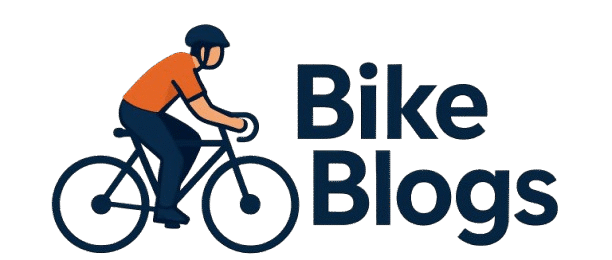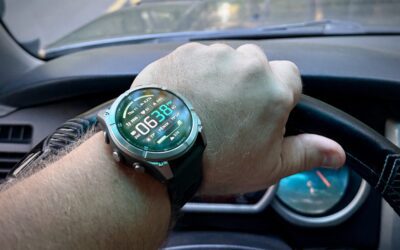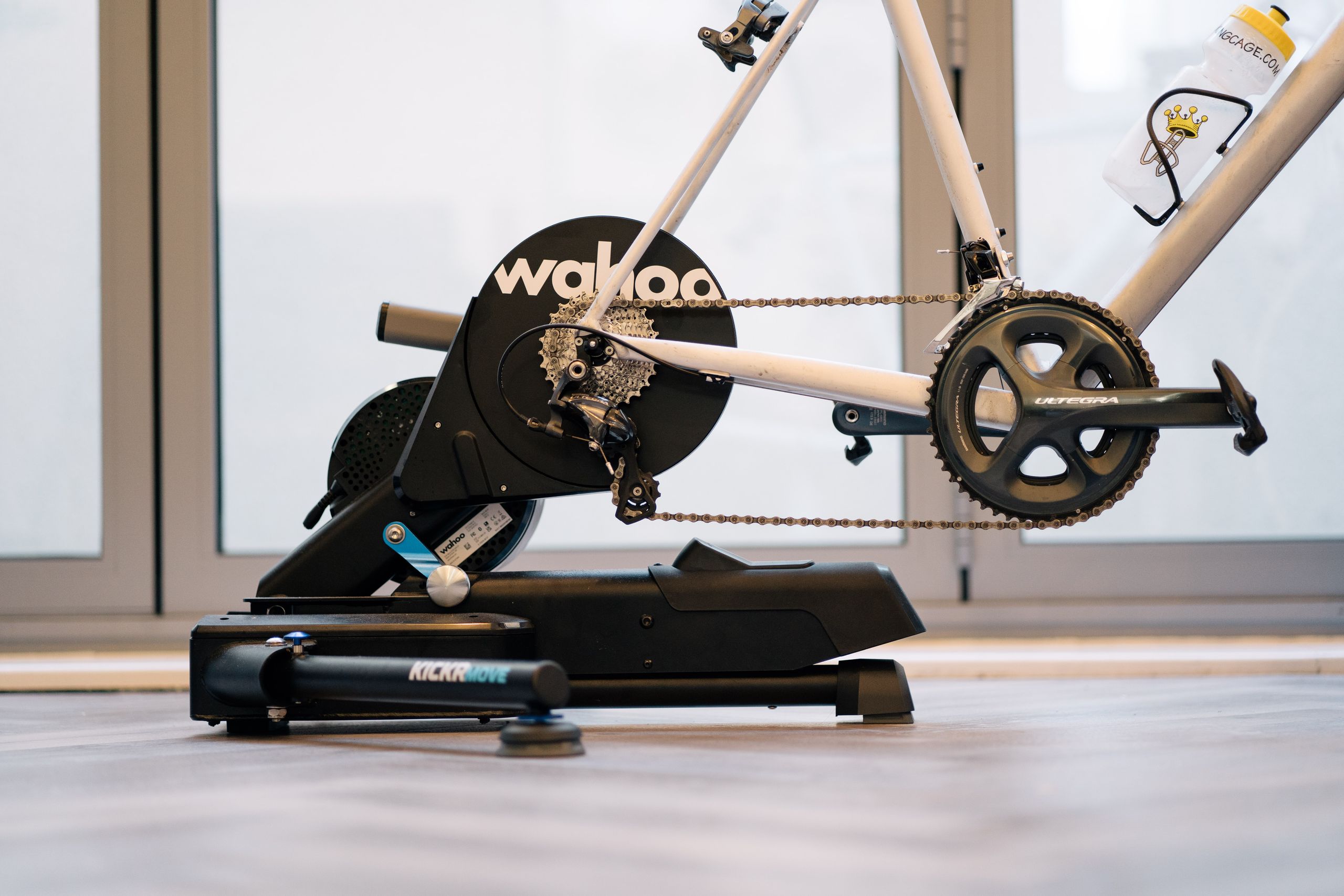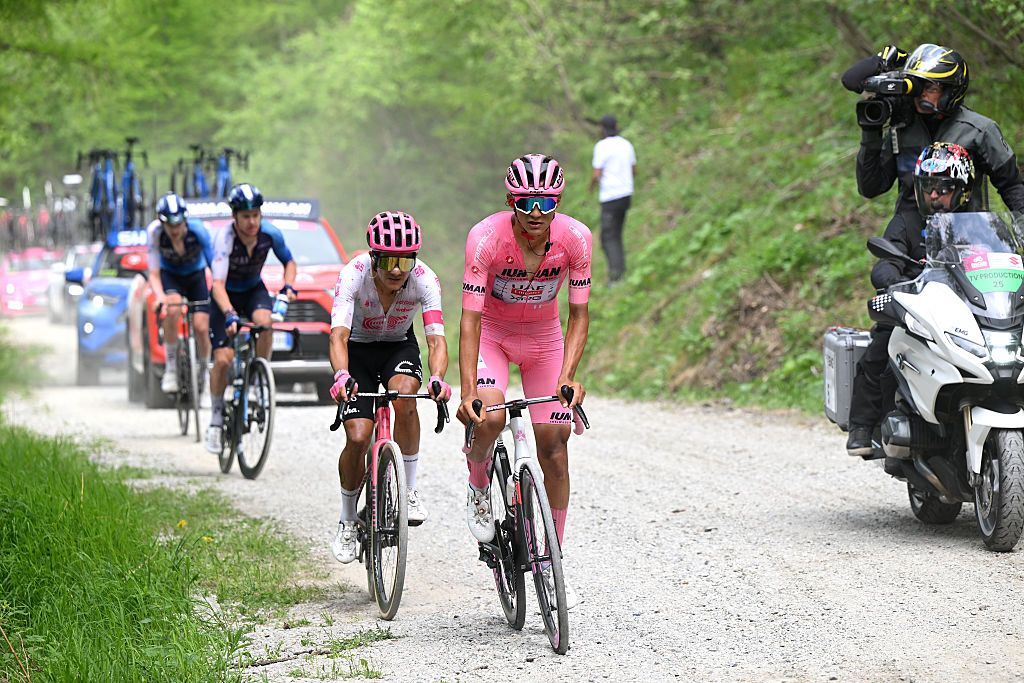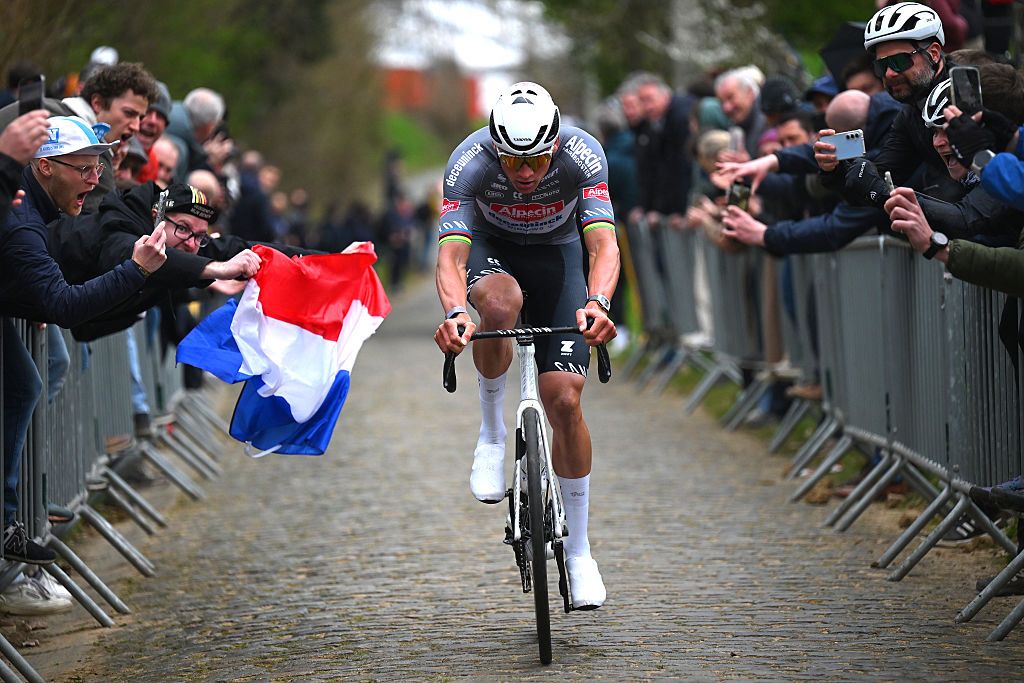Mastering ERG Mode: Your Secret Weapon for Indoor Cycling Success
Are you tired of dragging yourself to the turbo trainer after a long workday? You’re not alone! Many cyclists face that same struggle. But what if I told you that ERG mode could be your best friend for those indoor sessions? Whether you want to unwind or get a solid workout in, ERG mode makes cycling indoors easier and more focused.
What is ERG Mode?
First things first: let’s break down ERG mode. Imagine you’re pedaling, and no matter how fast you turn your legs or what gear you’re in, the trainer adjusts the resistance to keep your power at a constant level. It’s like having a smart coach right under you! If you pedal faster, the resistance lightens; if you slow down, it gets tougher. This is especially handy during structured workouts on platforms like Zwift, where you can stick to a single gear and let the trainer take care of the rest.
Why Gearing Still Matters
You might think that since ERG mode handles resistance, gear doesn’t matter anymore. But that’s not quite right! Choosing the right gear can significantly influence how your ride feels. For instance, using a harder gear (like in your big-ring) results in a smoother pedal stroke, making it feel more like riding on the road. Conversely, if you stick to a smaller gear, you might feel like you’re grinding up a steep hill. So yes, while the trainer manages watts, your gear choice still affects your comfort and performance.
Cadence Counts!
Another factor to keep in mind is cadence—the rate at which you’re pedaling. A steady cadence of around 80 to 90 RPM is usually best for endurance. When you’re feeling strong and need to push, a faster cadence keeps you efficient. If you go low gear during a high-powered effort, you risk getting stuck, as your power output spikes and the trainer demands more effort than you can give.
Where ERG Mode Shines
ERG mode truly stands out when paired with workout platforms that offer structured options. It excels in steady efforts like endurance rides and threshold intervals, helping you to maintain power without overdoing it. Honestly, for riding on those “easy days,” I find it much easier to set my trainer to a specific wattage and zone out while watching a TV show rather than stressing about changing resistance levels.
Moments to Turn it Off
While ERG mode is fantastic, there are times when you should switch it off. For short sprints or warm-ups, it’s often more effective to use a different mode. Quick, high-powered efforts need the immediate response of level or resistance mode. For warm-ups, you generally want flexibility in your effort, which is challenging in ERG mode.
Grinding to a Halt? Fixing It
Ever find yourself grinding to a stop during a tough session? This often happens when fatigue makes you slow your cadence. The trainer responds by increasing resistance, creating a cycle of effort that feels impossible. If this happens, pause for a moment, recover, and give it a little extra push. This should trick the trainer into easing the resistance, allowing you to finish strong.
Adjust Your Sessions
Lastly, don’t forget to adjust your sessions as you go! Sometimes you might feel off your game, and that’s okay. Just lower your target wattage a bit, so you can complete the workout without feeling defeated.
Conclusion: Embrace the Ride
Getting the most out of your ERG training can be incredibly rewarding. As you pedal through your indoor sessions, remember to choose the right gear, maintain a steady cadence, and keep your workouts flexible. Embrace ERG mode as your secret weapon, and who knows? You might even look forward to those turbo sessions! Happy cycling!
Original article: Click here
